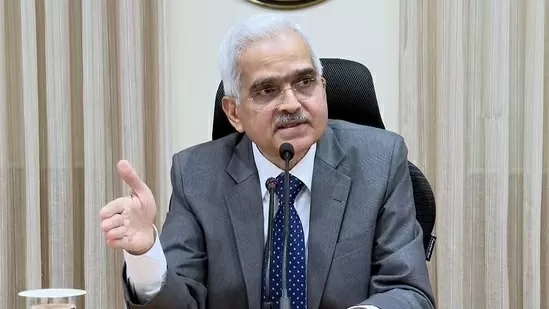New Rules: To improve the cash position in the banking system, the Reserve Bank has announced to provide additional funds. The Reserve Bank had taken a similar decision in March last year also.
To improve the liquidity situation in the banking system, the Reserve Bank has decided to provide additional Rs 5000 crore for standalone primary dealers under the Standing Liquidity Facility. According to the Reserve Bank, this amount will be available at the current repo rate from January 31. The central bank said in its press release that it has taken this decision after reviewing the current cash conditions. In recent times, there have been problems regarding liquidity in the banking system. The Central Bank is continuously taking steps to deal with this. Today’s decision is also included in such steps.
What does it mean
The liquidity situation in the banking system is tight and the situation of deficit persists. On any day, if the banking system remains a net borrower of RBI under the Liquidity Adjustment Facility, i.e. the money raised through the facility is more than the deposits made in the facility, then it is called a deficit situation. This situation has been continuing for several days continuously.
Liquidity Adjustment Facility is a part of monetary policy with the help of which liquidity is controlled in the system. Repo rate and reverse repo rate are its two parts. When required, banks raise funds through repo rate and deposit their additional funds through reverse repo rate.
To overcome this situation, additional funds are being provided to the system through the Standing Liquidity Facility. Standing Liquidity Facility is a window through which the Reserve Bank provides loans to standalone primary dealers at repo rates. Primary dealers are registered with the Reserve Bank and are authorized to buy and sell government securities. This includes standalone primary dealers and bank primary dealers. Standalone primary dealers include subsidiaries of NBFCs and banks.
What will be the effect of the decision?
Now only two months are left for the end of the financial year and usually with the end of the financial year, the pressure on the cash position in the banking system increases and in such a situation additional cash is required to meet the demand. Last year also the Reserve Bank had provided additional Rs 5000 crore in a similar manner.



